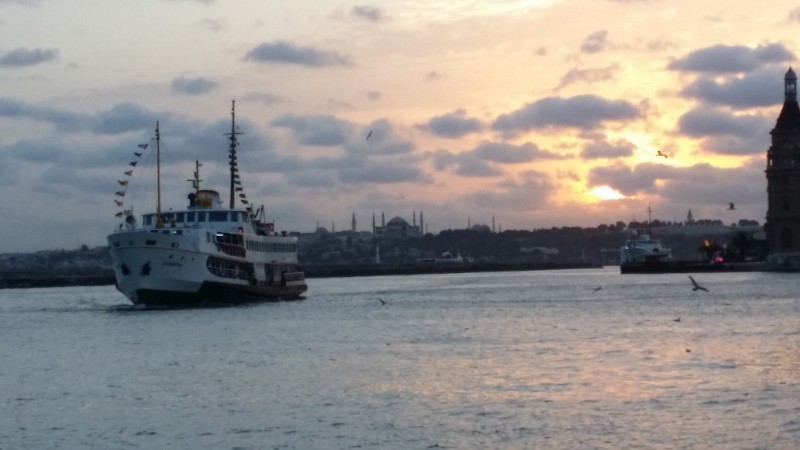Turkey is a hugely diverse country in every respect where around every corner and over every ridge there are superlatives. Covering at least five climatic and geographical regions, Turkey has a wide cultural diversity with a history that goes back well before the beginning of recorded time; Anatolia has been both a bridge and a melting pot of cultures since the first Neolithic farmers emerged from South East Anatolia over 10,000 years ago. The Government has declared 2019 the Year of Göbekli Tepe, so while we always kick off our trips to Turkey with a visit to Istanbul, Göbekli Tepe is where we must start our list …….
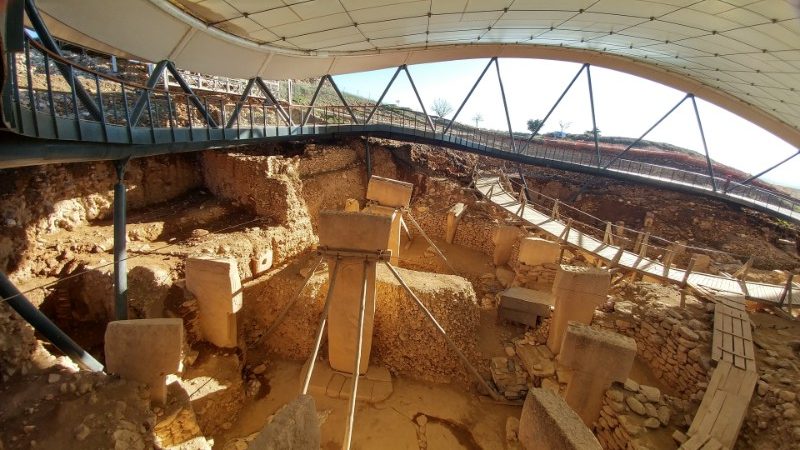
- Göbekli Tepe: Popularly known as Turkey’s Stonehenge, this site is so much more! In fact, more time separates the builders of Göbekli Tepe from the builders of Stonehenge than separates the builders of Stonehenge from us. With the earliest phases going back to about 10,000 B.C. Göbekli Tepe is staggeringly old. Not only that, over 90% of this Neolithic ritual site remains to be excavated. This site will be yielding knowledge for years to come.
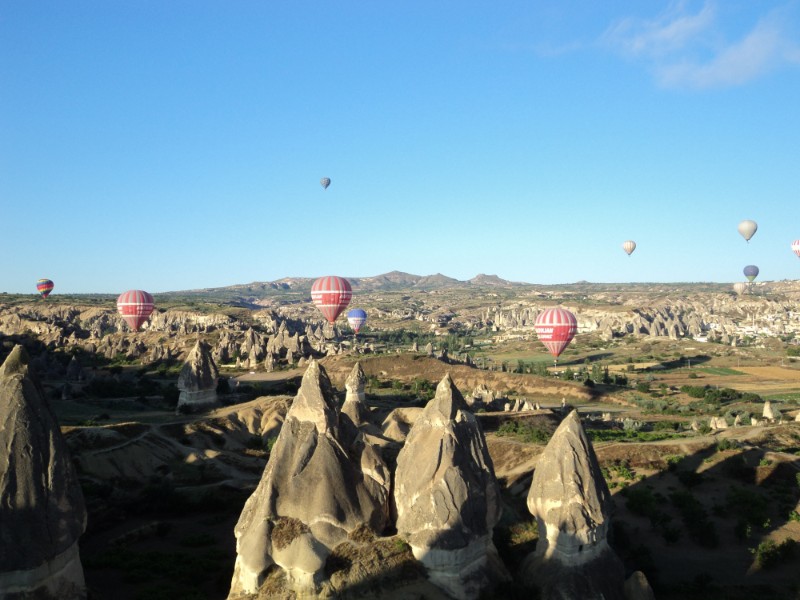
2. Cappadocia: Cappadocia is known for its amazing volcanic landscape, cliff carved monasteries and underground cities. It is also the best place in the world for hot air ballooning. In the early morning of any day of any week from Spring to Autumn there will be upward of 2,000 people in the air enjoying the spectacular scenery, it is like a major hot air balloon festival every day.
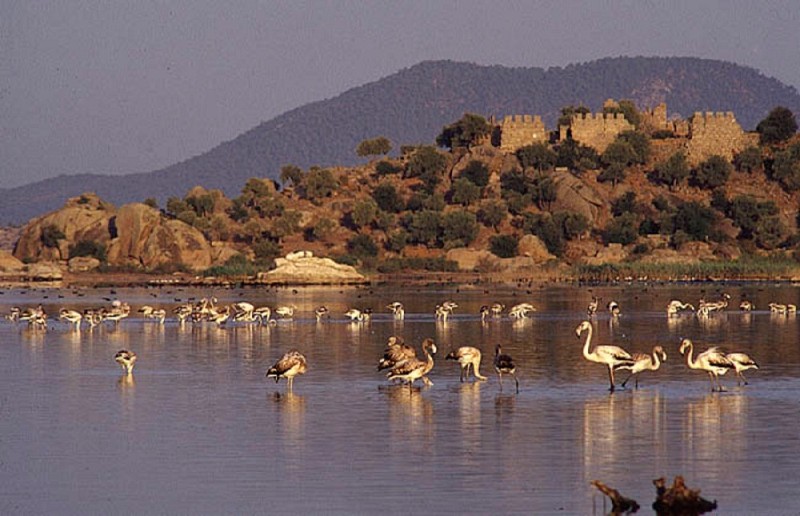
3. Lake Bafa: In 500 B.C. the Carian city of Herakleia was a thriving Aegean port, but in the 1st century A.D. the outlet to the sea silted up and Bafa became a salt water lake, Herakleia was abandoned. The lake however is a paradise of tranquility, overlooked by the Latmos Mountains where there are monasteries and prehistoric rock shelters adorned by ancient art.
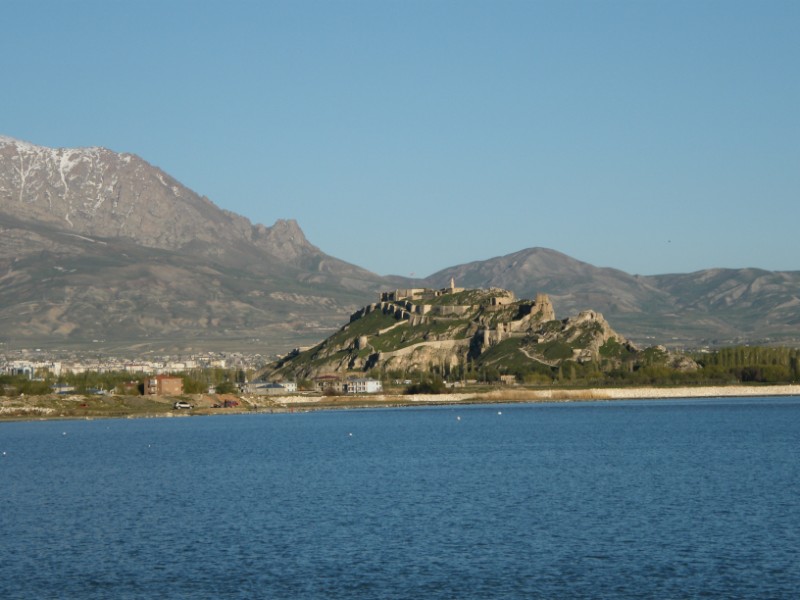
4. Van: Overlooking Lake Van, this citadel is probably the longest continuously used fortification in the world, first constructed by the Urartians in the mid 9th century B.C. the castle was added to and adapted by subsequent civilisations including Assyrians, Persians, Armenians, Romans, Seljuks and Ottomans. It last saw action just after the end of World War I. Today, it is not only a popular tourist attraction but it plays an important part in the recreational and social life of local people.
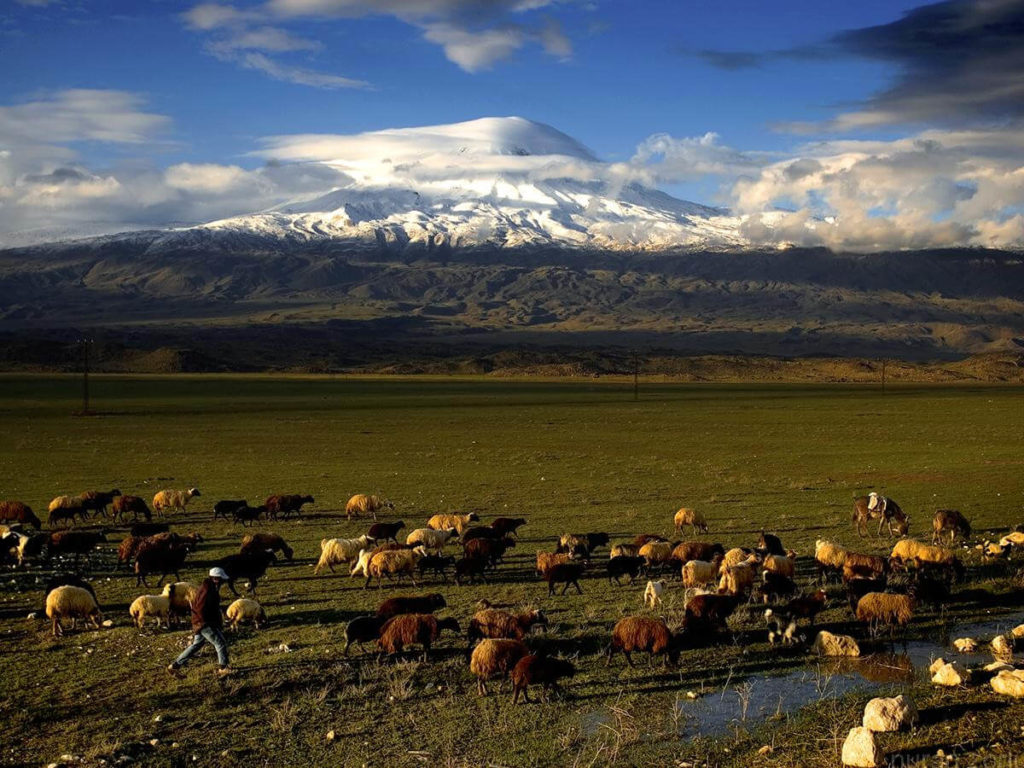
5. Mount Ararat: With its sister mountain Little Ararat, Mount Ararat is known the world over from its Biblical reference as the landing place of Noah’s Ark after the flood. Capped by a permanent glacier, Ararat is a classic strato-volcano and at 5137 metres is Turkey’s highest peak. It lies just inside Turkey where the borders of Turkey, Armenia, Nakhchivan and Iran join. The approach to Ararat from Van in the south across the great shield volcano of Tendurek is one of the most magnificent sights in Turkey …. if she chooses to remove her veil of cloud and mist.
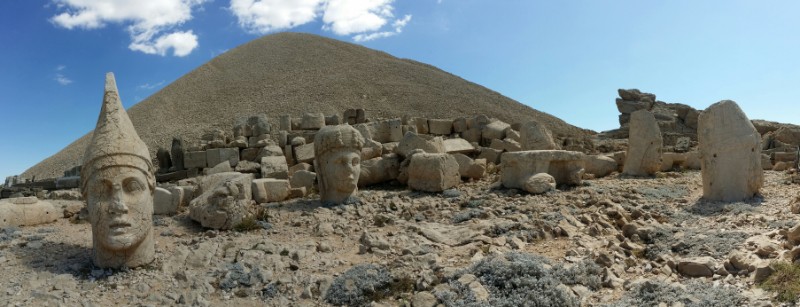
6. The Mountain of the Gods, Nemrut: At 2134 metres the summit of Mount Nemrut is the last resting place and cult centre for Antiochus I Commagene. Built in 38 B.C. the site was completely forgotten to history until it was rediscovered by a railway surveyor in 1881. The tumulus under which Antiochus is believed to be buried, is flanked to the east and west, facing the rising and setting sun, by giant seated statues of the Gods. Now in a ruinous state the monument is an eerie and enigmatic record of a forgotten civilisation.
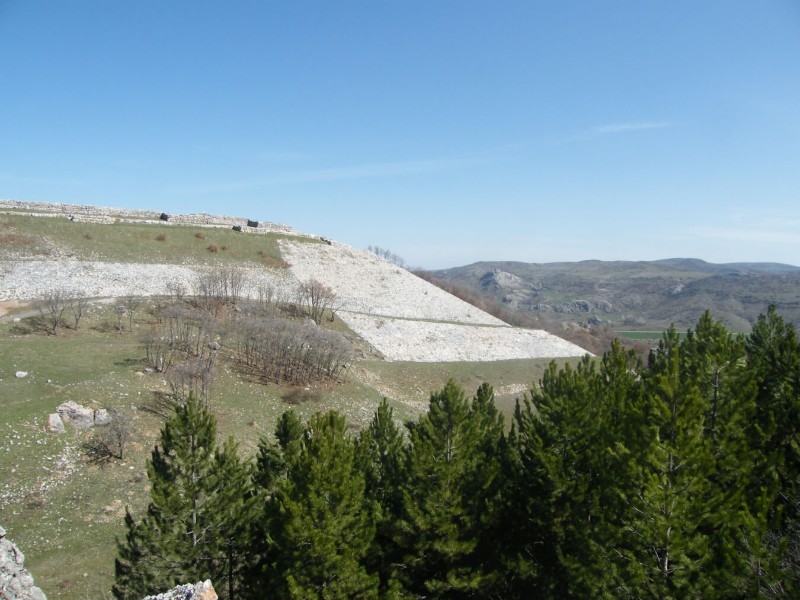
7. Hattusa: Located in the mountain fastness of central Anatolia, Hattusa was a genuine lost city from a forgotten empire. From its peak in the mid 13th century B.C. when the Hittite King Muwatalli defeated Rameses The Great at Kadesh in 1274 B.C., the Hittites were to disappear from history just a few decades later. Hattusa was abandoned and it was not rediscovered until the late 19th century. When it was excavated, discovered in the Imperial Library were tablets with details of the peace treaty between Rameses The Great and the Hittite Great King Hattusili, which is dated to approximately 1259 B.C. This is the earliest recorded peace treaty in history and a copy of it can be seen at the U.N. in New York. The original is in Istanbul.
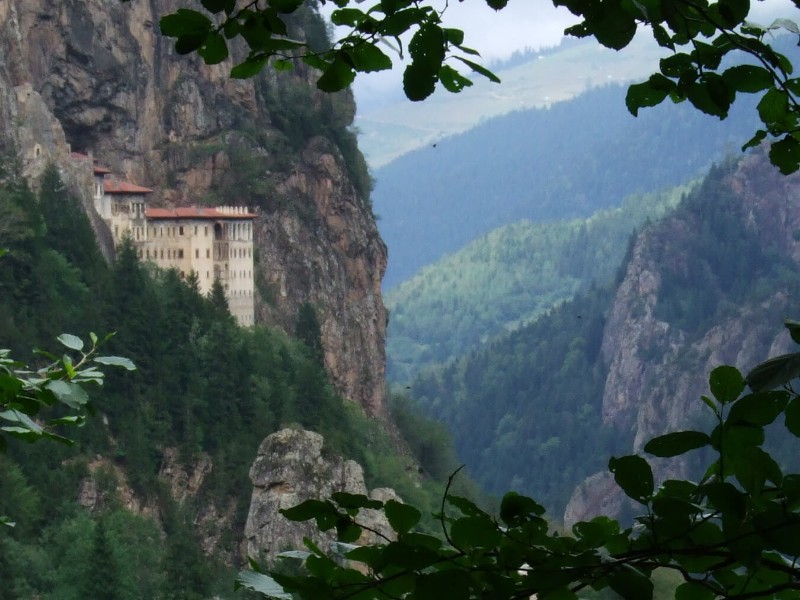
8. Sumela: Located in the Pontic Mountains on Turkey’s Black Sea coast near Trabzon, Sumela Monastery dedicated to the Virgin Mary was founded in 386. The current buildings date from between the 15th and 18th centuries from a major expansion in the late 14th century. Sumela Monastery was under the protection of the Byzantine Emperor and after the conquest of Constantinople Ottoman Sultans continued this protection. The site was abandoned in 1923 after the population exchanges between Greece and the Turkish Republic. It has since been restored and is now a museum but there are regular religious services particularly the Feast of the Assumption on 15 August.
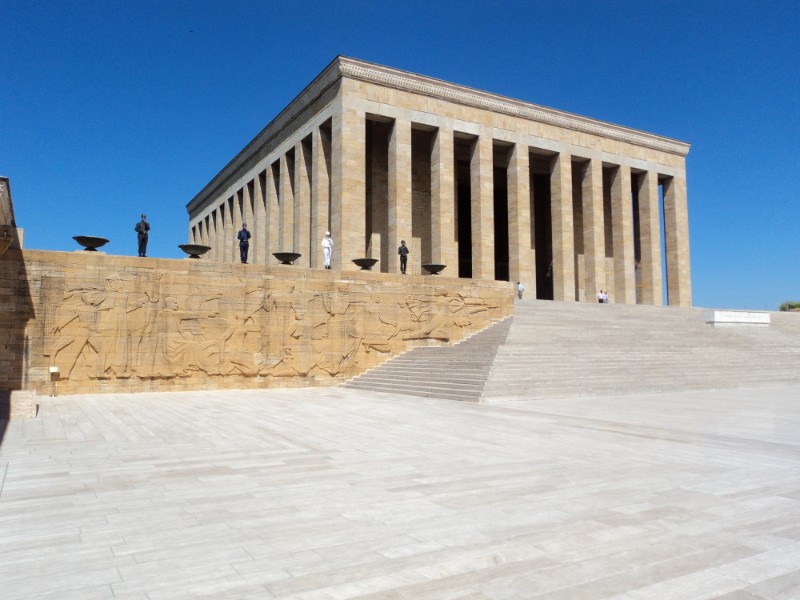
9. Anitkabir: Located on one of the hills in Ankara, Turkey’s capital, is the national monument to the Turkish Republic’s founding father Ataturk and his final resting place. It is intended to be an amalgam of the architectural traditions of Anatolia from ancient times to present. Not only is it a superb architectural space that should be on every itinerary that includes Ankara but it also includes a superbly laid out and presented museum covering the life of Ataturk, the War of Independence and the early days of the Republic.
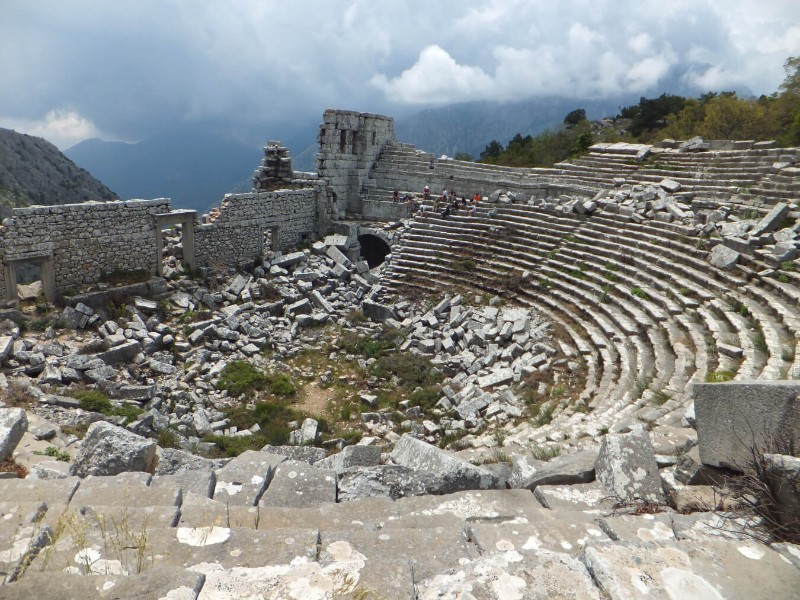
10. Termessos: Built over 1,000 metres altitude on a plateau on the south western side of Güllük Dagi, Termessos overlooks Antalya. Termessos has the distinction of being one of the few places that Alexander the Great failed to conquer when we made the attempt in 333 B.C. Today, apart from its superb natural setting, it is one of the best preserved ancient cities from the Classical period in Turkey but also one of the least visited because it can only be approached by foot up a steep mountain path which takes about 45 minutes. The effort is worthwhile.
